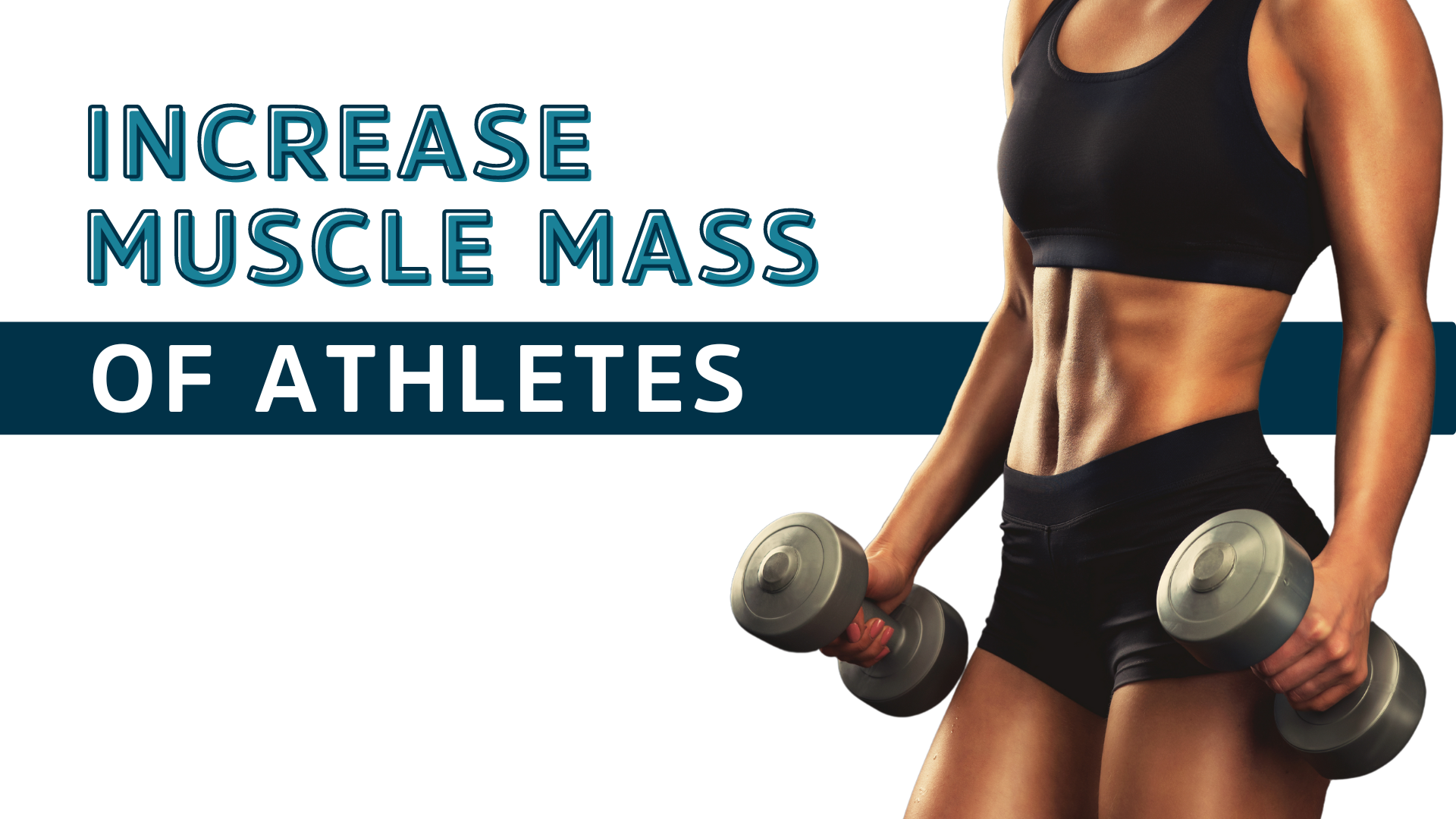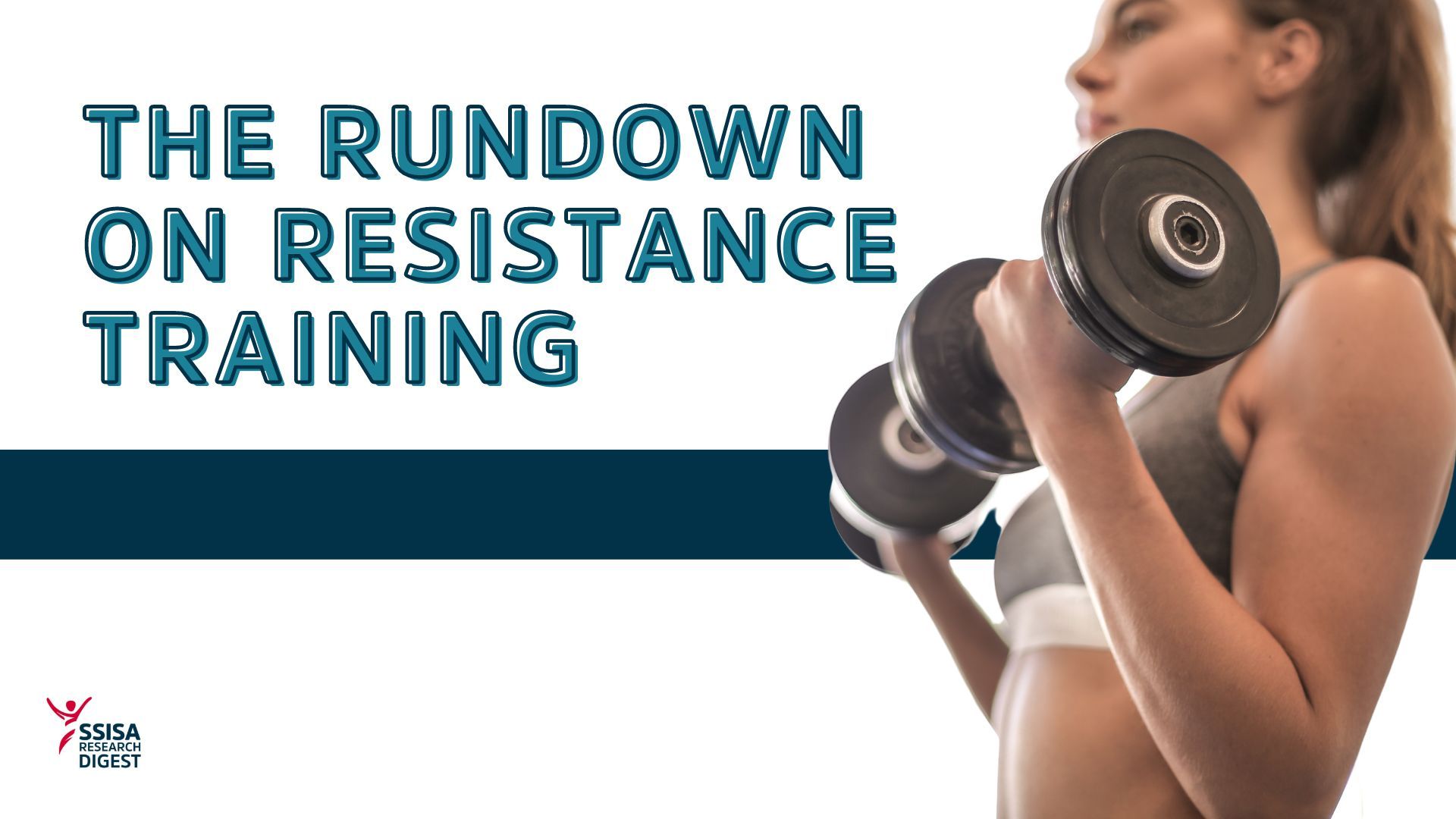
What is Muscle Hypertrophy?
Muscle mass, is the mass of all the muscles in the human body, including all three of the muscle types, namely; smooth, cardiac and skeletal muscle. The increase of muscle mass, is a process termed hypertrophy (1). In this blogpost, we describe muscle hypertrophy, resistance training and its importance for general health and wellbeing.
Hypertrophy occurs as a result of training, and is associated with increased strength of ligaments, tendons and the connective tissue sheaths within muscle. These adaptations allow these tissues to withstand the load associated with regular and intense exercise and thus aid in the prevention of injuries. In addition to these athletic benefits, skeletal muscle hypertrophy is a primary goal of bodybuilders and many recreationally active individuals from an aesthetic standpoint (2).
Moving towards a more health related viewpoint, inadequate levels of skeletal muscle mass are associated with increased risks of diseases such as cardiovascular disease (3), cardio-metabolic risk in adolescents (4), as well as type II diabetes in middle aged and older adults (5), thus highlighting the importance of hypertrophy in the health of the general population.
Empty space, drag to resize
Training for Muscle Hypertrophy
Physical function and health-related quality of life can be enhanced by regularly engaging in resistance training by circumventing age-related weight gain and promoting enjoyment and independence through doing resistance training (6).
Resistance Training involves the application of exercises such as squats, deadlifts, bench presses and alike. During resistance training, the following processes are involved as factors that determine muscle hypertrophy (7,8):
- Mechanical tension
- Micro-tears (or muscle damage)
- Metabolic stress
Mechanical tension is created when your muscle contracts to lift a weight. This could be body weight, a dumbbell, kettlebell or any other load equipment, which causes muscles to undergo strain. The strain from load lifted causes microtears within muscle fibres, which is central to increasing muscle mass (9). Metabolic stress, in addition to mechanical tension, leads to the accumulation of metabolites like lactate, which may have an anabolic effect and contribute to an increase in muscle mass (10,11).
Resistance training appears to be the primary form of training that leads to increases in muscle mass, as it stimulates protein synthesis as well as leads to decreased protein breakdown (9,12). Manipulation of variables such as frequency, intensity, volume, (the exercise order, number of repetitions and sets, the tempo of movement), and the duration of rest periods appear to influence skeletal muscle hypertrophy (13,14). With that being said, the volume and intensity of effort are the two basic components with a direct impact on muscular adaptations, such as hypertrophy (15,16). In this regard, the American College of Sports Medicine guidelines suggest 1−3 sets per exercise of 8−12 repetitions with 70−85% of one repetition maximum (1RM) for novices, and 3−6 sets of 1−12 repetitions with 70−100% 1RM for advanced individuals (17).
In Figure 1 below, we provide a general guide for repetitions of resistance exercises to compliment strength goals, increase in muscle mass goals, and muscular endurance goals:

Figure 1: Schematic of the repetition continuum proposing that muscular adaptations are obtained in a load-specific manner. Repetition maximum (RM) (17)
Empty space, drag to resize
For all types of resistance training programmes, the following applies for adjusting training load to training goals (18):
|
Frequency |
Intensity |
Volume |
Rest |
| Power |
1-2 or 2-3 times per wk |
30-60% of 1RM |
3-6 reps; 3-6 sets |
2-5min |
| Strength |
3-5 times per wk |
>85% of 1RM |
2-6 reps; 2-5 sets |
2-3min |
| Hypertrophy |
4-6 times per wk |
67-85% of 1RM |
6-12 reps; 3-6 sets |
30-90sec |
| Endurance |
5-7 times per wk |
<65% of 1RM |
15-25 reps; 2-3 sets |
<30sec |
Empty space, drag to resize
It is important to remember that the recommended rep ranges for increasing strength are 1-5 repetitions maximum with the use of heavier weight loads; to increase muscle mass (hypertrophy) are 8-12 repetitions maximum with varying weight loads; and muscular endurance are 15 repetitions or more repetitions maximum, using lighter weight loads (19). More about Resistance Training can be read up in our Rundown on Resistance Training series.
Now that you understand a bit more about muscle hypertrophy, our latest SSISA Research Digest Series unpacks the various aspects that need to be considered when wanting to increase muscle mass. Details below.
Empty space, drag to resize
Empty space, drag to resize
References
- Tesch PA, Larsson L. Muscle Hypertrophy in BodybuUders. Vol. 49, European Journal of Applied Physiology and Occupational Physiology. Springer-Verlag; 1982.
- Hackett DA, Johnson NA, Chow CM. Training and Ergogenic Aids used by Male Bodybuilders. J Strength Cond Res [Internet]. 2013;27(6):1609–17. Available from: www.nsca.com
- Srikanthan P, Horwich TB, Tseng CH. Relation of Muscle Mass and Fat Mass to Cardiovascular Disease Mortality. American Journal of Cardiology. 2016 Apr 15;117(8):1355–60.
- Burrows R, Correa-Burrows P, Reyes M, Blanco E, Albala C, Gahagan S. Low muscle mass is associated with cardiometabolic risk regardless of nutritional status in adolescents: A cross-sectional study in a Chilean birth cohort. Pediatr Diabetes. 2017 Dec 1;18(8):895–902.
- Son JW, Lee SS, Kim SR, Yoo SJ, Cha BY, Son HY, et al. Low muscle mass and risk of type 2 diabetes in middle-aged and older adults: findings from the KoGES. Diabetologia. 2017 May 1;60(5):865–72.
- ACSM. ACSM Resources for the Exercise Physiologist by American College of Sports Medicine. 2018.
- Hody S, Croisier JL, Bury T, Rogister B, Leprince P. Eccentric muscle contractions: Risks and benefits. Vol. 10, Frontiers in Physiology. Frontiers Media S.A.; 2019.
- Schoenfeld BJ, Ogborn D, Krieger JW. Dose-response relationship between weekly resistance training volume and increases in muscle mass: A systematic review and meta-analysis. J Sports Sci. 2017 Jun 3;35(11):1073–82.
- Krzysztofik M, Wilk M, Wojdała G, Gołaś A. Maximizing muscle hypertrophy: A systematic review of advanced resistance training techniques and methods. Int J Environ Res Public Health. 2019 Dec 2;16(24).
- Wackerhage H, Schoenfeld BJ, Hamilton DL, Lehti M, Hulmi JJ. Stimuli and sensors that initiate skeletal muscle hypertrophy following resistance exercise. J Appl Physiol [Internet]. 2019;126:30–43. Available from: http://www.jappl.org
- Schoenfeld BJ. The mechanisms of muscle hypertrophy and their application to resistance training. J Strength Cond Res [Internet]. 2010 Oct;24(10):2857–72. Available from: www.nsca-jscr.org
- Phillips SM. A brief review of critical processes in exercise-induced muscular hypertrophy. Sports Medicine. 2014;44(SUPPL.1).
- Ralston GW, Kilgore L, Wyatt FB, Buchan D, Baker JS. Weekly Training Frequency Effects on Strength Gain: A Meta-Analysis. Vol. 4, Sports Medicine - Open. Springer; 2018.
- Bird SP, Tarpenning KM, Marino FE. Designing Resistance Training Programmes to Enhance Muscular Fitness A Review of the Acute Programme Variables. Vol. 35, Sports Med. 2005.
- Schoenfeld BJ, Peterson MD, Ogborn D, Contreras B, Sonmez GT. Effects of low vs high load resistance training on muscle strength and hypertrophy in well trained men. The Journal of Strength and Conditioning Research [Internet]. 2015;29(10):2954–63. Available from: www.nsca.com
- Schoenfeld BJ, Ogborn D, Krieger JW. Dose-response relationship between weekly resistance training volume and increases in muscle mass: A systematic review and meta-analysis. J Sports Sci. 2017 Jun 3;35(11):1073–82.
- American College of Sports Medicine. Progression models in resistance training for healthy adults. Med Sci Sports Exerc. 2009 Mar;41(3):687–708.
- Schoenfeld BJ, Grgic J, Van Every DW, Plotkin DL. Loading Recommendations for Muscle Strength, Hypertrophy, and Local Endurance: A Re-Examination of the Repetition Continuum. Sports. 2021 Feb 1;9(2).
- Brown LE. Strength training. Second Edition. National Strength & Conditioning Association (U.S.); 2007. 391 p. References







